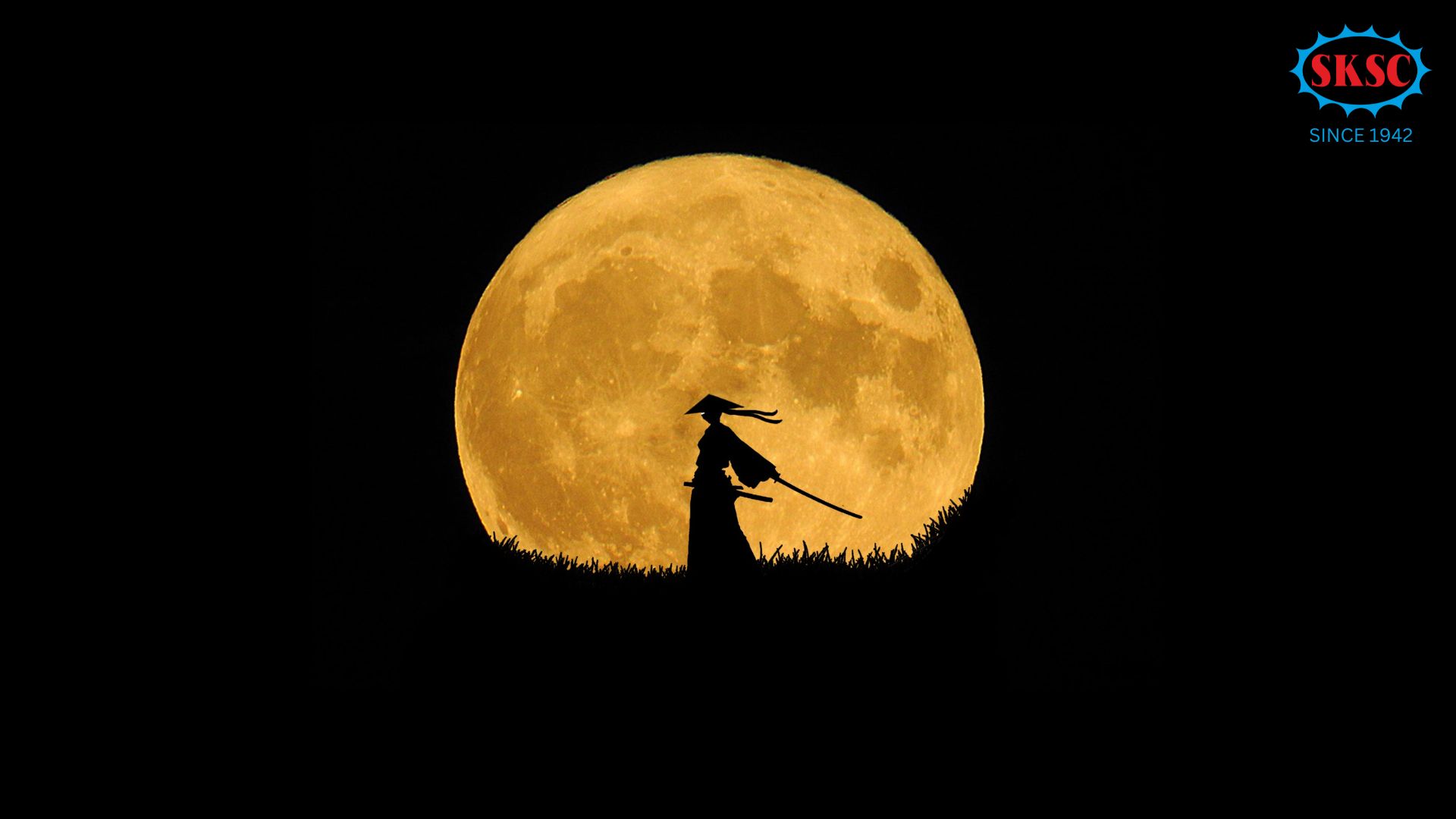
Crait planet in the Last Jedi
The set for The Last Jedi, located in the Salar de Uyuni in Bolivia, stands as the largest salt flat globally, overshadowing its counterparts in Utah. This location is undeniably brutal, which is why I plan to feature it in my upcoming series on the Most Hellish Places on Earth, making this post serve a dual purpose. The terrain is entirely blanketed in salt, making it inhospitable for any form of life, including plants and animals that could survive year-round. It's, for the most part, as lifeless as the first two entries in that series. The Salar de Uyuni is also remarkably level. In fact, it holds the title for the flattest spot on the planet. Despite its arid conditions, the entire salt flat is occasionally submerged by a thin layer of water during the rainy season, resulting in some truly unusual visual phenomena.
The differences between Crait and Salar de Uyuni are numerous and significant. A primary distinction is the absence of a red layer beneath Salar de Uyuni's top layer. Rather, it's covered by a layer filled with brine-saturated sediment beneath the Earth's crust. This brine is economically beneficial, as it contains substantial amounts of lithium, which is particularly easy to extract from the salt. In fact, up to 40% of the global lithium reserves are located in Salar de Uyuni. Additionally, the salt's sodium content is also of value, with other minerals such as potassium, lithium, borax, and magnesium also found. Could there be a similar phenomenon beneath Crait's salt flats? Indeed, it's possible. A specific type of salt, known as sylvite, matches the red color of the substance beneath Crait's salt flats. Instead of the common salt we're familiar with, sodium chloride, sylvite is made of potassium chloride. It shares the same crystal structure as sodium chloride, making it an isomorph. Could the salt accumulate in two layers like this?
To grasp this concept, we need to comprehend the formation of salt flats. In simple terms, they develop when lakes dry up, leaving behind the salt dissolved in the water to crystallize. As evaporation continues, the water becomes increasingly salty, leading to the formation of salt crystals. This phenomenon only happens if the lake does not drain, but rather evaporates.
S.K.S.C.NADARAJAN & BROR.
Tuticorin Salt | crystal salt | crushed salt | relish freeflow salt | fine salt | coarse salt | size salt | Salt supplier | Kerala salt supplier | South indian salt export | South India salt company | thoothukudi saltern | Tuticorin saltern | deicing salt exporter | deicing salt tuticorin | Thoothukudi salt exporter | Thoothukudi traditional salt | Sea salt tuticorin | Sea salt Thoothukudi | Thoothukudi salt | India salt exporter tuticorin | salt Thoothukudi India | SKSC salt Tamil nadu | India old salt company | Salt company India | Salt company tamil nadu | Salt company Tuticorin | Tamil nadu Salt | India Salt | powder salt | natural salt india | Salt seller Tuticorin | Salt seller in tamil nadu thoothukudi | retail table salt | common salt manufacturer | desalination salt | Salt for soap industry | Salt for dye industry | Salt for water softening
